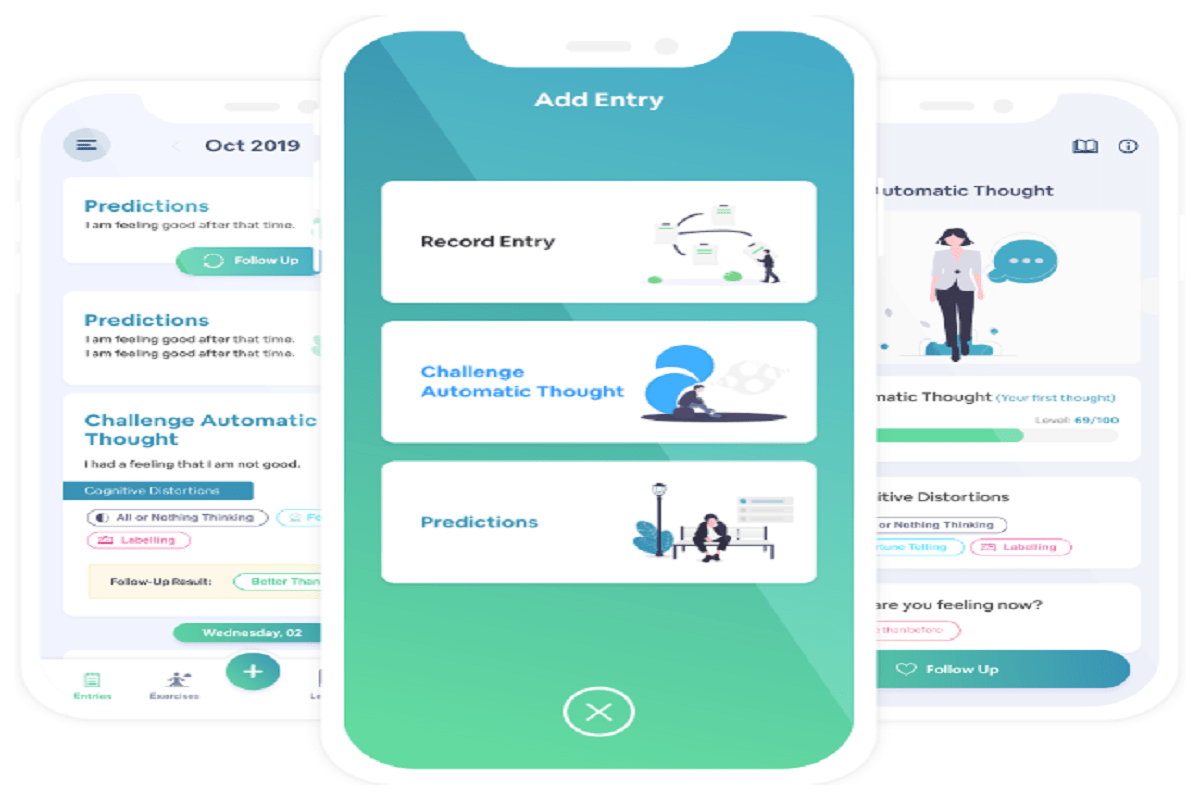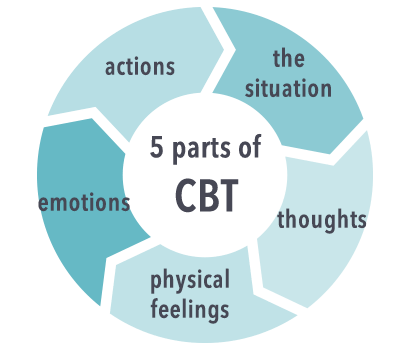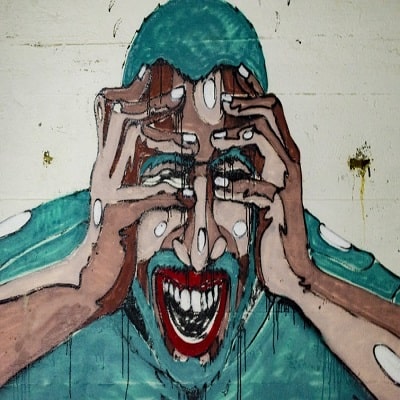What is Bipolar Disorder?
Bipolar Disorder is marked by extreme shifts in mood. The disorder moves back and forth between depression and mania (elevated mood). People who are undergoing this situation face trouble in managing day-to-day tasks.
If you’re somebody living with this you’re probably aware of the unpredictable and extreme mood swings. These highs and lows create tensions in your aspect of life, but if left untreated, they may also lead to suicide.
The good news is this disorder can be managed. While medication plays a vital role, supplementing it with Cognitive Behavioral Therapy (CBT) can bring your life on track.
CBT for Bipolar Disorder
Cognitive Behavior Therapy helps in gaining a new outlook on the situation. It helps in leveling out those extremes an individual faces at regular intervals. As per Simon Rego, PsyD, director of the CBT Training Program at Montefiore Medical Center, “CBT makes use of the fact that our thoughts, emotions, and actions are interconnected and influence one another.”
CBT teaches you how to identify, understand, change the flawed thoughts, and figure out the troublesome behavior patterns.
Listed below are top 6 CBT techniques for Bipolar Disorder treatment-
1. Accept the Situation
The first and foremost step is to accept and acknowledge this disorder instead of running from it. It is essential for understanding the signs, symptoms, and course of the disorder. Embrace the idea of taking help and know that you’re not alone in this.
2. Mood Tracking

One of the major symptoms of the disorder is mood shifting, so monitoring the same becomes essential. It is done to understand what triggers your mood and the frequency of changes. This step is usually accomplished using a journal or worksheet, which is updated daily and later shared with your therapist. People are asked to monitor their mood daily on a scale of 0 to 10, in which 0 represents “depressed,” 5 with “feeling fine,” and 10 stands for an “elevated mood.”
3. Cognitive Restructuring
The next step in the process focuses on identifying flawed thought patterns and correcting them. People are asked to become more aware of the role thoughts play in mood, and overall lifestyle. They are taught to scrutinize their thought patterns by identifying the distortions and generate more balanced thoughts.
4. Practise Solving Problems
This is life-skill. Problems come in every aspect of life, be it a relationship, workplace, family, health, or something else. All of these issues need to be resolved timely; else, they can put you at great risk. The next step in the therapy is to identify the problem, figure out possible solutions, and evaluate outcomes. Initially, this skill is practiced between your sessions with therapists to learn a guided approach.
5. Have a Stable Routine

The secret of a healthy lifestyle lies in your routine. Stabilize your routine with regular activities, and establish a predictable rhythm to your day. For instance, you can begin your day with some easy exercises, take an afternoon nap, have a consistent mealtime schedule, and engage in house chores at a scheduled time. This way, your body develops a healthy pattern, which will further stabilize your mood.
6. Learn to Socialize
People with Bipolar disorder may lack certain social skills, which gives them a missing feeling. If you’re one such person, learn to be assertive and cultivate social skills to enhance interpersonal relationships. A healthy relationship distresses your mind and gives a better outlook on life.
CBT Companion

For assisting the interaction between a therapist and the individual receiving therapy Swasth has developed a robust and feature-rich CBT Companion App.
The platform helps in tracking emotions, activities, negative thoughts, and homework assignments which can be shared with the therapist augmenting the experience of the therapy sessions. Coupled with user-friendly videos and animations, the app enables a quicker learning and longer retention attitude in the learners.



